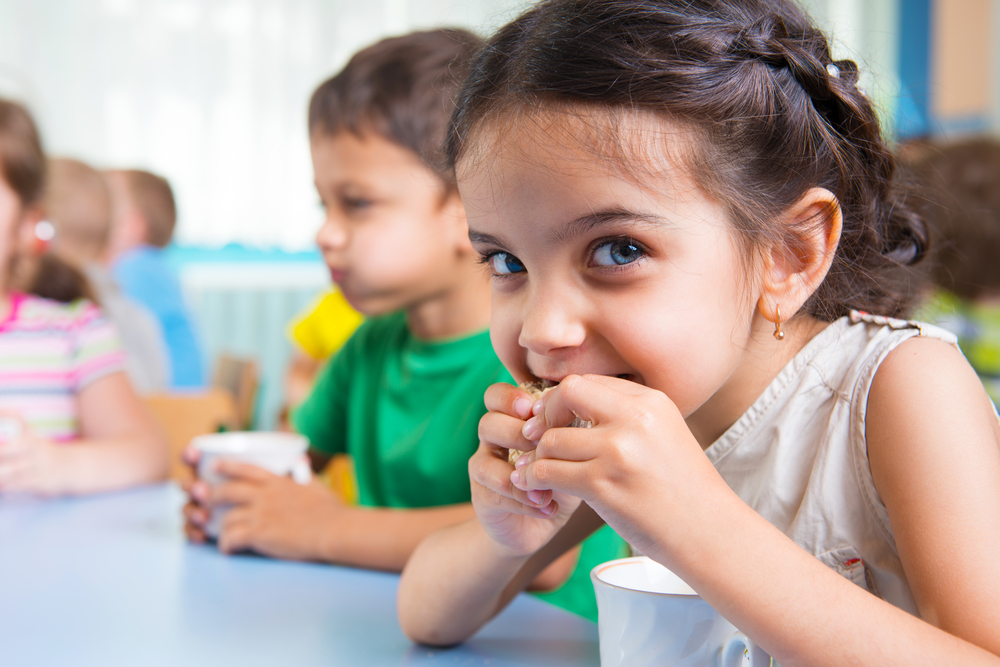
In a new report on seafood and children’s health, the American Academy of Pediatrics (AAP) encourages parents to dish up more fish for their kids. Fish, the report states, “Should be a welcome part of a child’s diet.”
In recent years, many parents have cut back on fish and seafood or dropped it from the family menu due to concerns about methylmercury found in some fish. While some precautions make sense, the AAP report suggests that we may have gone a little overboard. Fish and seafood provide important nutrients for children’s development and are safe for them to eat when you choose the right types.
Among their many benefits, fish and seafood are high-quality sources of protein, low in total fat and saturated fat. Cold-water fish that are higher in fat are among the richest sources of heart-healthy omega-3 fats, including DHA, which plays a key role in the development of the brain and nervous system. Some studies suggest that eating seafood as an infant or young child not only enhances neurodevelopment, but also may reduce cardiovascular disease risk and even prevent asthma and eczema.
Net the benefits of fish without the risks
Fish that live longer and that eat other fish tend to accumulate higher levels of methylmercury — these are the fish that kids are better off avoiding. They include big fish like swordfish, shark and marlin.
Here in the Northwest, we’re lucky to have local access to many of the safest fish and seafood choices. Salmon, trout, light tuna, shrimp, crab, clams and oysters are all on the FDA’s list of “best” choices. These are safe for kids to eat two to three times a week. Other types of tuna, such as albacore, as well as halibut, snapper and rockfish, are “good” choices that can be eaten once a week. Read more about good fish choices.
Fishing, crabbing and clamming are great ways to spend a day with your kids, catch your dinner, talk about where our food comes from, and bring kids closer to nature. Check local advisories and fish in areas where water safety is monitored to help ensure the safety of your catch. When shopping for fish, I encourage buying from local and sustainable sources whenever possible to make sure that we’ll always have plenty of fish in the sea.
Appealing to kids’ tastes
If your children aren’t accustomed to eating fish or seafood, start them with small portions to help them get used to it. Have them try one bite with the plan that if they don’t like it, they don’t have to finish the rest. If they’re old enough, talk about being an “adventurous eater.” As the cartoon characters sing on the PBS show Daniel Tiger’s Neighborhood, “We gotta try new food ’cause it might taste good!”
A quick internet search will land dozens of kid-friendly fish recipes. Picky eaters may throw a few back, but if you follow Daniel Tiger’s advice and keep trying, you’re sure to reel in a few keepers. Try:
- Fish tacos
- Clam or fish chowder
- Tuna or crab melts
- Smoked salmon and cream cheese on whole-wheat bagels or cucumber slices
- Shrimp cocktails
- Grilled salmon or trout with lemon or teriyaki
In The Portland Clinic’s pediatric department, our favorite catch-all advice for children’s diets is, “Everything in moderation,” and it applies very well to fish and seafood. Including the “best” choices once or twice a week is a safe and healthy way to broaden children’s nutrition, as well as their palates. And hey – “it might taste good!”


